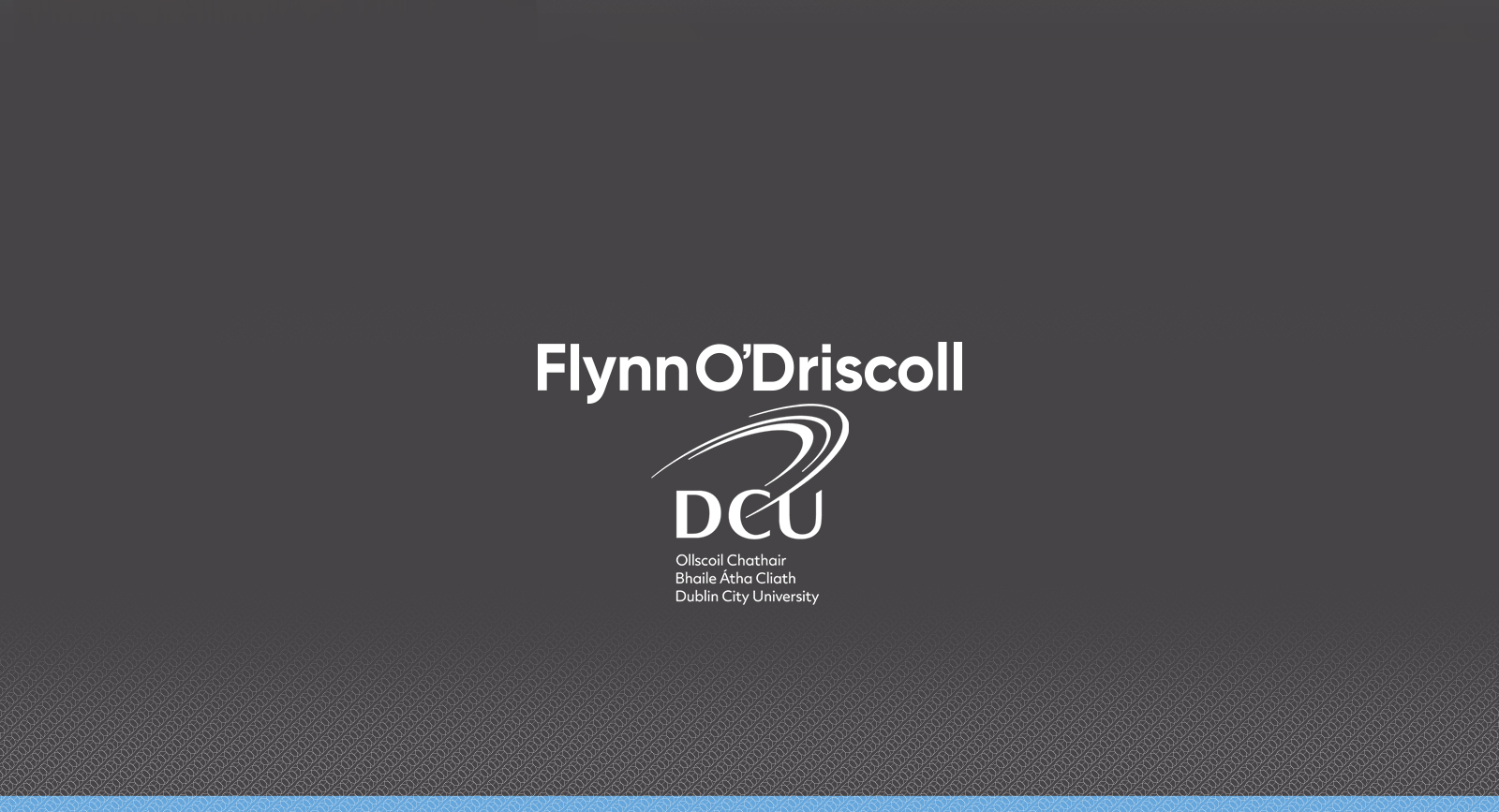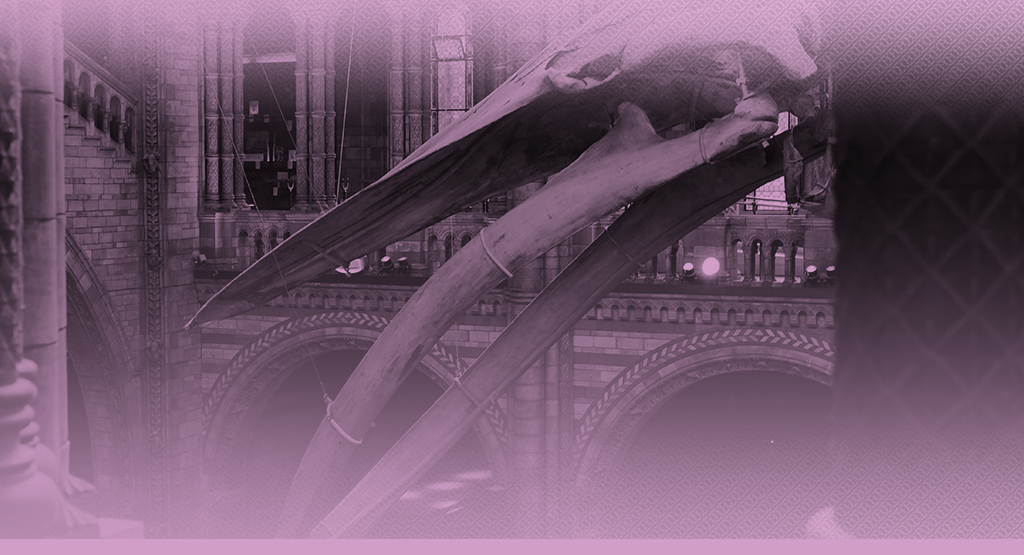The Covid-19 crisis has seen Directors of Irish incorporated companies turn their attention to the corporate insolvency regime in Ireland as they grapple with the economic effects of the crisis and consider their options in circumstances where their businesses may no longer be economically viable.
Introduction
The purpose of this summary is to give a brief overview of the available options within the corporate insolvency regime in Ireland and they include the following:
Alternatives to Liquidation:
• Examinership;
• Scheme of arrangement; and
• Receivership.
Liquidation:
• Members’ voluntary winding up;
• Creditors’ voluntary winding up; and
• Compulsory liquidation;

Alternatives to Liquidation:
Examinership
Examinership is a process available to Irish companies in financial difficulties seeking protection from their creditors. If granted, the creditors of the company will be prevented from enforcing any security against the company for a period of 70 days. This period can be then extended for further 30 days.
A company seeking the court protection will have to present a petition to Circuit Court or the High Court showing that there is a reasonable prospect of survival of the company as a going concern. This option is not available to companies where a receiver has been appointed for at least 3 days.
Circuit Court will have jurisdiction where the company is considered a small company and satisfy the following 2 or more requirements:
(a) the amount of the turnover does not exceed €12 million,
(b) the balance sheet total of the company does not exceed €6 million; and
(c) the average of employees of the company does not exceed 50.
It is important to note that the petition must be accompanied by independent accountant’ report in order to support the view that the company has a reasonable prospects of survival; this requires early engagement by all parties. A petition can be presented by the company, its directors, creditors or shareholders holding at least 10% of the voting power.
It is crucial to any application for examinership, that the company has the financial resources or funding to survive the period of 70 -100 days, or less if the scheme can be approved for a shorter period.
Normal employment law considerations apply during examinership, accordingly, employee’s rights cannot be adjusted unilaterally by the company or the court. It should be noted that the support of key staff and key creditors is very important during this period as the company must continue trading.
During examinership, the examiner will have to prepare a proposal for a compromise or a scheme of arrangements in relation to the company and present same to the members and creditors for approval. The examiner must then report to the court with such proposal. If the examiner is unable to formulate the proposal the court may order winding up of the company.
Effect of Examinership
Once the examiner has been appointed, the company is given protection by the court. During this period of court protection, no creditor can enforce their security or judgment, no winding-up proceeding may be commenced and no receiver can be appointed. Furthermore, no steps can be taken against any third parties who guaranteed company’s debt.
While the examiner does not take over the running of the company, it will have supervisory role. As stated above, the role of the examiner is to formulate proposals for a compromise or scheme of arrangements and report to the court on viability of the survival the company. If the proposals prepared by the examiner are accepted by the members and creditors of the company, the court may confirm them and they will become binding.
Effect of Examinership on secured creditors
During examinership the enforcement rights of secured creditors are put on hold. No payments of pre-petition debts can be made unless it is sanctioned by the court who must be satisfied that it would assist the company in its prospects of survival as a going concern. In certain circumstances, the examiner would apply to the court for authorisation to dispose of property subject to fixed or floating charges. Costs, expenses and remuneration of the examiner would be first deduced from any proceeds payable to a fixed charge holder. In respect of property subject to floating charges, the charge holder will have corresponding security over the proceeds.
Powers of the Examiner
The powers granted to the examiner are quite extensive. The examiner will be entitled to attend and be head at meetings of the company and obtain information. The examiner would be able to take all necessary steps to halt or prevent any action or omission which in his opinion is likely to be detrimental to the company. However, the examiner will not be able to repudiate any contracts made before the period of protection is granted bar any negative pledge clauses that in his opinion would be detrimental to the company’s reasonable prospect of survival.
Scheme of Arrangement
This is a procedure which allows a company to agree with its creditors to pay a percentage of its debt within a specified period of time. The scheme of arrangement can be proposed by the directors of the company or on application to the court by any creditor or member of the company.
If there is a threat of proceedings while the meetings in respect of scheme of arrangement have already taken place, an application can be made to the court to restrain these proceedings.
The scheme of arrangements if it is approved by at least three-quarters of the creditors/members at the scheme meeting, shall, if sanctioned by the court, become binding.
A scheme of arrangement can also be informal, without any court involvement.
Receivership
Receivership is a formal process where a secured creditor (e.g. a financial institution) appoints a receiver on foot of a security document (a debenture or charge) for the purpose of taking possession and realising of the company’s assets secured by the debenture. A receiver is usually appointed where the company has defaulted in the repayments or where some other event of default has arisen.
The most common receivership occurs when the secured creditor appoints a receiver under the powers granted to it in the security document, however if no such power is contained in the debenture, the creditor still may apply to the High Court for this remedy.
A receiver can only be appointed over the company assets that are charged under the security document. The director’s powers over those assets would cease, however their normal powers would remain over any other assets. While the receivership does not automatically lead to dissolution of the company, a liquidator may appointed in the meantime.
Liquidation:
Members’ voluntary winding up
This option is available only to companies that are solvent. In order to dissolve the company, the members will have pass a special resolution that the company be wound up and the liquidator be appointed. The company must be able to pay its debts within 12 months from the commencement of winding up. During the process of winding up the company’s assets will be realised and the creditors will be paid, the remaining funds will then be available for distribution to the shareholders.
Creditor’s voluntary winding up
Creditor’s voluntary winding up process is used in circumstances where the company is insolvent. The procedure is usually initiated by the board of directors who would convene a meeting of shareholders in order to pass a resolution providing that the company due to its liabilities cannot continue its business and must be wound up.
Once the resolution of members is passed, creditors of the company would be notified of same and a meeting of the creditors would be held in order to appoint a liquidator. The liquidator will be tasked with a function to realise the company’s assets and distribute the proceeds in accordance with legal priorities contained in Irish legislation. The directors’ powers in respect of the company will cease and the liquidator will take over the management of the business.
The liquidation is a lengthy process and may take a number of months or years to complete. At the end of this procedure, the company will be dissolved.
Compulsory winding up
Under Irish legislation, the High Court has power to appoint a liquidator and order the winding up of a company. The parties who may petition the court include creditors, directors or shareholders of the company.
A company may be deemed unable to pay its debts, if a creditor is owed a sum greater than €10,000 and a demand has been served on the company and has not been met within 21 days to the reasonable satisfaction of the creditor.
Where a winding up order is made, the company will be placed into liquidation and an official liquidator will be appointed. The powers of the directors cease on the appointment of the liquidator. The process of the liquidation will be similar to the creditor’s voluntary winding up, i.e. the liquidator will realise of the company’s assets and distribute the proceeds in accordance with legislation.
Effect of Liquidation
Once the liquidator is appointed, he will take over the management of the company. In practice, the company’s business would usually cease unless it is necessary to continue for the beneficial winding-up. The liquidator will be tasked with verifying the liabilities of the company and realising of the company’s assets in order to pay the creditors. In cases of members’ voluntary liquidation, the liquidator will distribute the company’s net assets amongst the shareholders. The end effect of the liquidation is dissolving of the company.
Effect of Liquidation on secured creditors
If after disposing of all of the company’s assets, there is no sufficient funds to pay off all the creditors, the liquidator will distribute available money in accordance with order of priority. Any secured creditor will be able to rely on their security in order to recover its debt. The holder of a fixed charge will rank above any other creditor whereas a floating charge holder will be paid after the liquidator’s fees and expenses are satisfied and any preferential creditors are paid off.
Powers of the Liquidator
The liquidator’s powers are quite broad but their extent will differ in terms of the powers exercisable by the court appointed liquidator and the liquidator appointed by the creditors. The latter will generally have more freedom in exercising their powers.
As the liquidator’s role is to wind up the affairs of the company and dissolve it, he will be entitled to dispose of any company’s assets and pay the creditors. He will be able to execute any necessary documentation on company’s behalf, bring or defend any action or legal proceedings or appoint agents such as valuers or solicitors to do any work that the liquidator himself is unable to.
Conclusion
Any Director considering options in relation to insolvency should seek appropriate professional advice without delay. If you have any queries or if you would like to discuss the content in further detail, our team of experienced professionals would be happy to assist.
For other relevant information, including contact details of the relevant team members, please see below:
This note is for general information purposes Legal advice must be obtained for all individual circumstances. While every effort has been made to ensure the accuracy of this note, no liability is accepted by the author or Flynn O’Driscoll for any inaccuracies.







